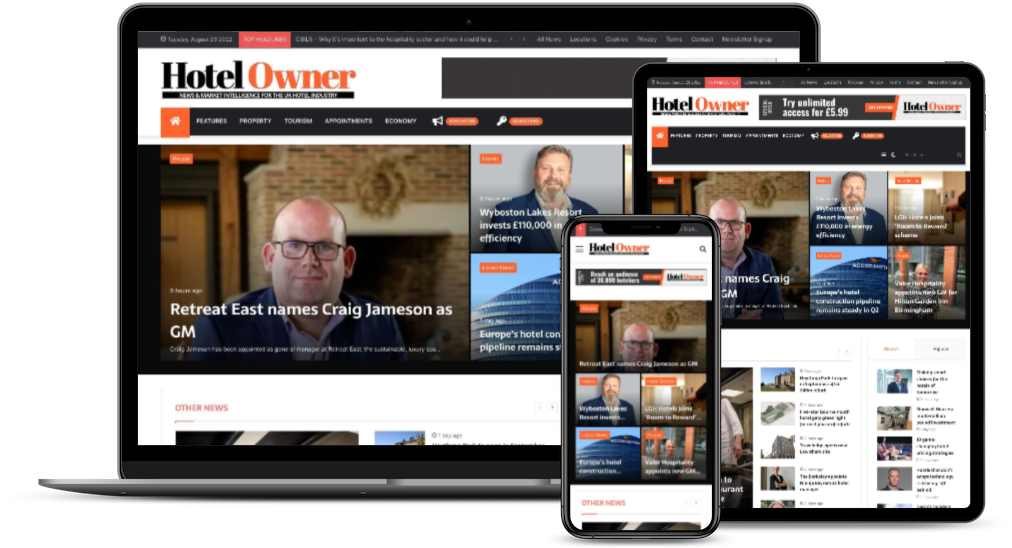A staycation boom is putting holiday let tax relief in the spotlight

Furnished Holiday Lets (FHL) are big business and they’re even bigger business now that the coronavirus pandemic has stopped most people travelling abroad.
It’s set in stone that 2020 will go down as the year of the staycation and many families have now come to realise how many fantastic destinations are right on their doorstep.
This will boost the sector for years to come. But what are the tax implications of FHLs for landlords, and how can forward planning help to maximise client returns?
Accountants will know that Capital Allowances tax relief on certain physical assets within a property is available on hotels and bed & breakfasts. However, FHLs can also take advantage of this tax break. It is typically worth an impressive 25% of purchase expenditure but certain criteria must be met.
In order to qualify for Capital Allowances, a FHL must:
- be located in the UK or in the European Economic Area (EEA)
- be furnished
- be commercially let (i.e you intend to make a profit)
- be available to the public for at least 210 days each tax year
- be let for at least 105 days each tax year as holiday accommodation
The reason these conditions exist at all is because HMRC does not want normal residential properties that are only occasionally let to holidaymakers to get tax relief. It is only intended for true commercial operations. If a member of the public stays in the property for more than 31 days, this qualifies as a long-term let and will not count towards the 105 day minimum. Long-term lets to a member of the public must also not exceed 155 days in the tax year.
Another factor to bear in mind is that Capital Allowances claims on FHLs can only be used against its profits, and any losses created by Capital Allowances (where the reduction in tax available exceeds the profit made) cannot be offset against any other income.
Beware Historic claims
Capital Allowances cannot be claimed twice. Most FHLs, when purchased, are standard residential properties so this makes it very easy for accountants to establish that none have been claimed in the past, as normal residential properties are not eligible for Capital Allowances.
Where this is the case, it also means accountants can avoid the hassle of requiring a vendor to contractually sign over ‘pooled’ Capital Allowances to their client, as is required for FHLs purchased after April 2014 following a change in the rules. Instead, the client’s Capital Allowances claim would remain unrestricted.
What else?
FHLs also qualify for Capital Gains Tax (CGT) relief that normal lettings do not. These include rollover relief, gift relief, mortgage interest relief and Entrepreneurs’ Relief.
Entrepreneurs’ Relief provides individuals (but not companies) with a reduced rate of CGT (10% instead of 20%) on qualifying gains up to a lifetime allowance of £1million.
Tax planners should weigh the advantages of keeping the FHL in sole individual ownership given that, should the owner be a higher rate tax payer, a Capital Allowances claim could save them paying 40% tax on their income.
Another key difference between FHLs and ordinary lettings is that, with FHLs, all mortgage interest can be offset against rental income. This used to be the case for standard lettings but the relief was removed for Buy To Let landlords completely in April of this year.
Dean Needham is Senior Capital Allowances Analyst at specialist tax consultancy Catax. He can be contacted at dean.needham@catax.com.









